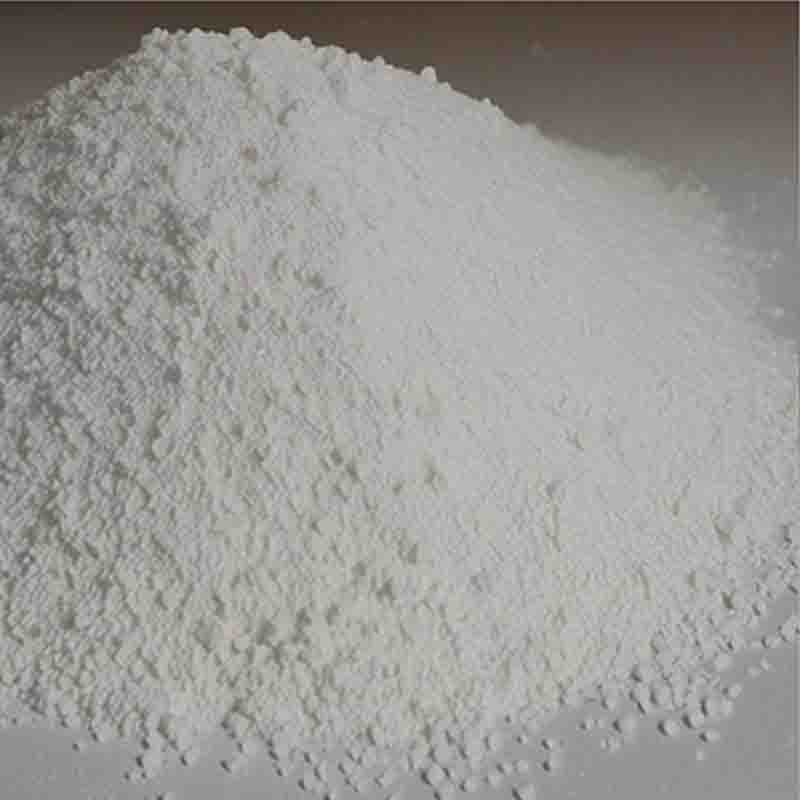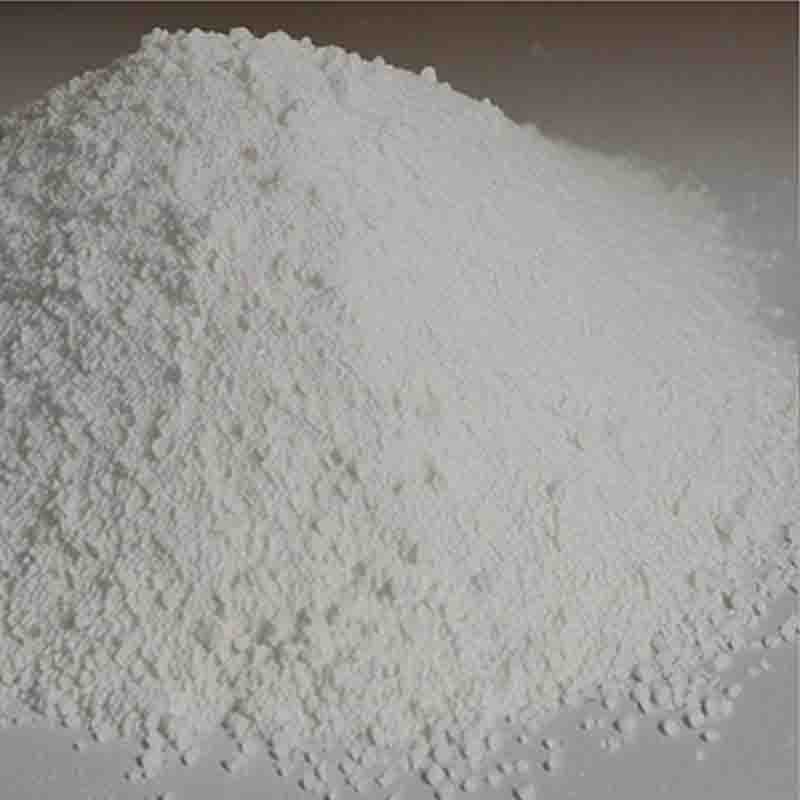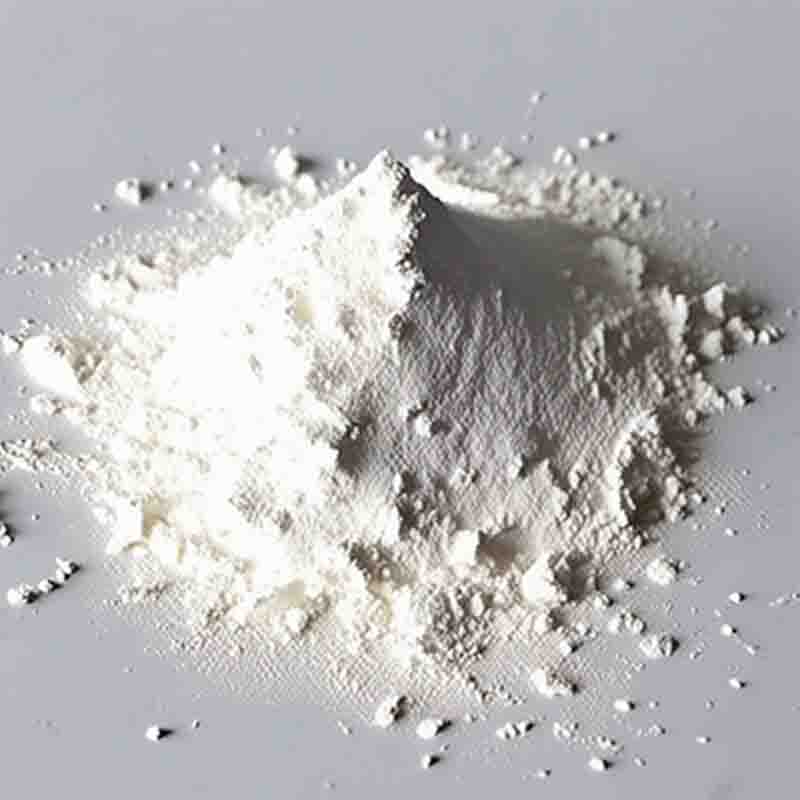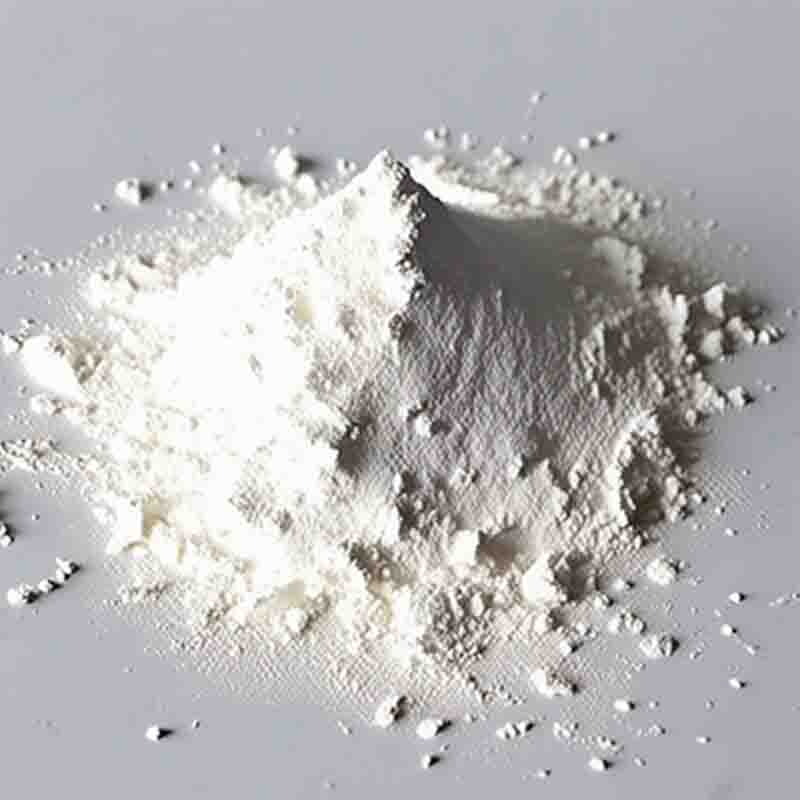Bis(tricyclohexylphosphine)palladium(0) CAS: 33309-88-5
| Catalog Number | XD94417 |
| Product Name | Bis(tricyclohexylphosphine)palladium(0) |
| CAS | 33309-88-5 |
| Molecular Formula | C36H66P2Pd |
| Molecular Weight | 667.28 |
| Storage Details | Ambient |
Product Specification
| Appearance | White powder |
| Assay | 99% min |
Bis(tricyclohexylphosphine)palladium(0), commonly known as Pd(PPh3)2, is a well-known organometallic compound widely used as a catalyst in various chemical reactions. It belongs to the class of palladium(0) complexes and is highly valued for its reactivity and stability.One of the primary applications of Pd(PPh3)2 is in organic cross-coupling reactions, such as the Heck reaction, Suzuki-Miyaura reaction, and Stille reaction. These reactions involve the formation of carbon-carbon or carbon-heteroatom bonds, which are crucial in the synthesis of complex organic molecules. Pd(PPh3)2 functions as a catalyst, facilitating the coupling of substrates such as aryl or vinyl halides with nucleophiles like organometallic reagents or boronic acids.The Heck reaction, for instance, enables the transformation of aryl or vinyl halides with alkenes to give substituted alkenes. This reaction has found applications in the synthesis of pharmaceuticals, agrochemicals, and materials chemistry. Pd(PPh3)2 plays a key role in this process, promoting the activation of the carbon-halogen bond and subsequent cross-coupling.Likewise, the Suzuki-Miyaura reaction utilizes Pd(PPh3)2 as a catalyst to create carbon-carbon bonds between aryl or vinyl boronic acids and aryl or vinyl halides. This reaction has vast synthetic importance, enabling the construction of biaryl compounds and facilitating the synthesis of complex organic molecules.Another notable application of Pd(PPh3)2 is in hydrogenation reactions. Due to its ability to activate hydrogen gas and effectively transfer hydrogen atoms to unsaturated substrates, Pd(PPh3)2 is employed as a catalyst in various hydrogenation processes. For example, it enables the selective reduction of carbon-carbon double or triple bonds, facilitating the synthesis of saturated hydrocarbons or other functionalized compounds.Furthermore, Pd(PPh3)2 is utilized in C-H activation reactions, where it enables the activation of typically unreactive C-H bonds and their subsequent functionalization. This type of catalysis has significant implications in synthetic chemistry, allowing for more direct and atom-efficient transformations.In summary, Pd(PPh3)2 is a versatile and widely used catalyst in organic chemistry. Its applications in cross-coupling reactions, hydrogenation, and C-H activation make it a valuable tool for synthetic chemists. The stability and reactivity of Pd(PPh3)2 contribute to its suitability for various transformation processes, facilitating the efficient synthesis of complex organic molecules for a range of industrial applications.









